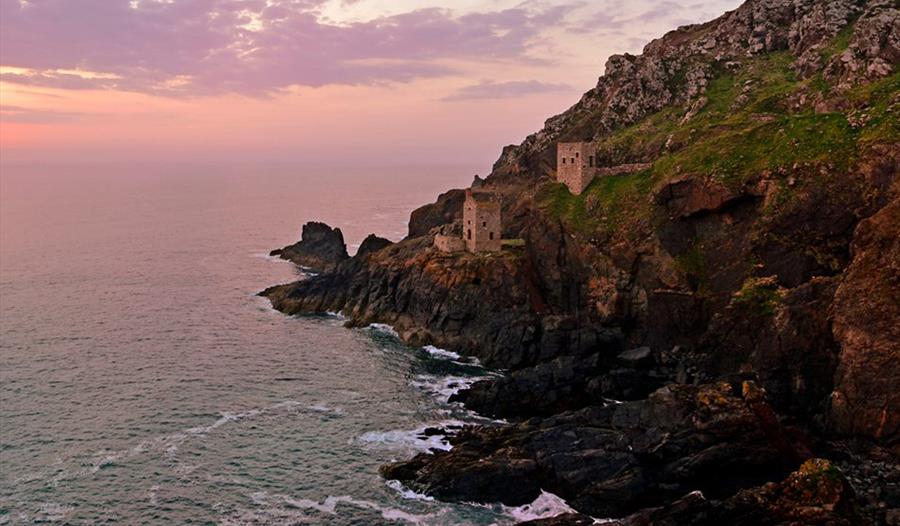
The deep underground mines, engine houses, foundries, new towns, smallholdings, ports and harbours, and their ancillary industries reflect prolific innovation which, in the early 19th century, enabled the region to produce two-thirds of the world’s supply of copper.
Trewithen is an historic estate near Truro, Cornwall. Owned and lived in by the same…
The CGS Spring Flower Show is firmly established as one of the most widely respected…
Late Georgian house built by the ancestors of the current owners and set in its own…
Tucked away in a deep wooded valley Berry Pomeroy Castle is the perfect romantic ruin…
Atmospheric, historic medieval castle originally built 1106 by order of Henry I and later…
Cadhay is approached by an avenue of lime-trees, and stands in an extensive garden, with…
The Dorset and East Devon Coast has an outstanding combination of globally significant…
Fairfield is a medieval manor house and the family home of the Acland-Hood family for…
The Cathedral Church of SS Peter & Paul, Dyfrig, Teilo and Euddogwy is the mother church…
Important rhododendron garden with many fine and rare trees, landscaped in 18thC with…
The four castles of Beaumaris, Conwy, Caernarfon, Harlech and the attendant fortified…
Llancaiach Fawr Manor is no ordinary heritage attraction. History here is tangible. The…
Cyfarthfa Castle is widely regarded as the best-preserved and grandest Ironmaster’s house…
Abercamlais is a splendid Grade 1 listed mansion set in the heart of the Brecon Beacons.…
The area around Blaenavon is evidence of the pre-eminence of South Wales as the world’s…
Thought to have been built in the early C.8th as the Royal Palace from where St.…